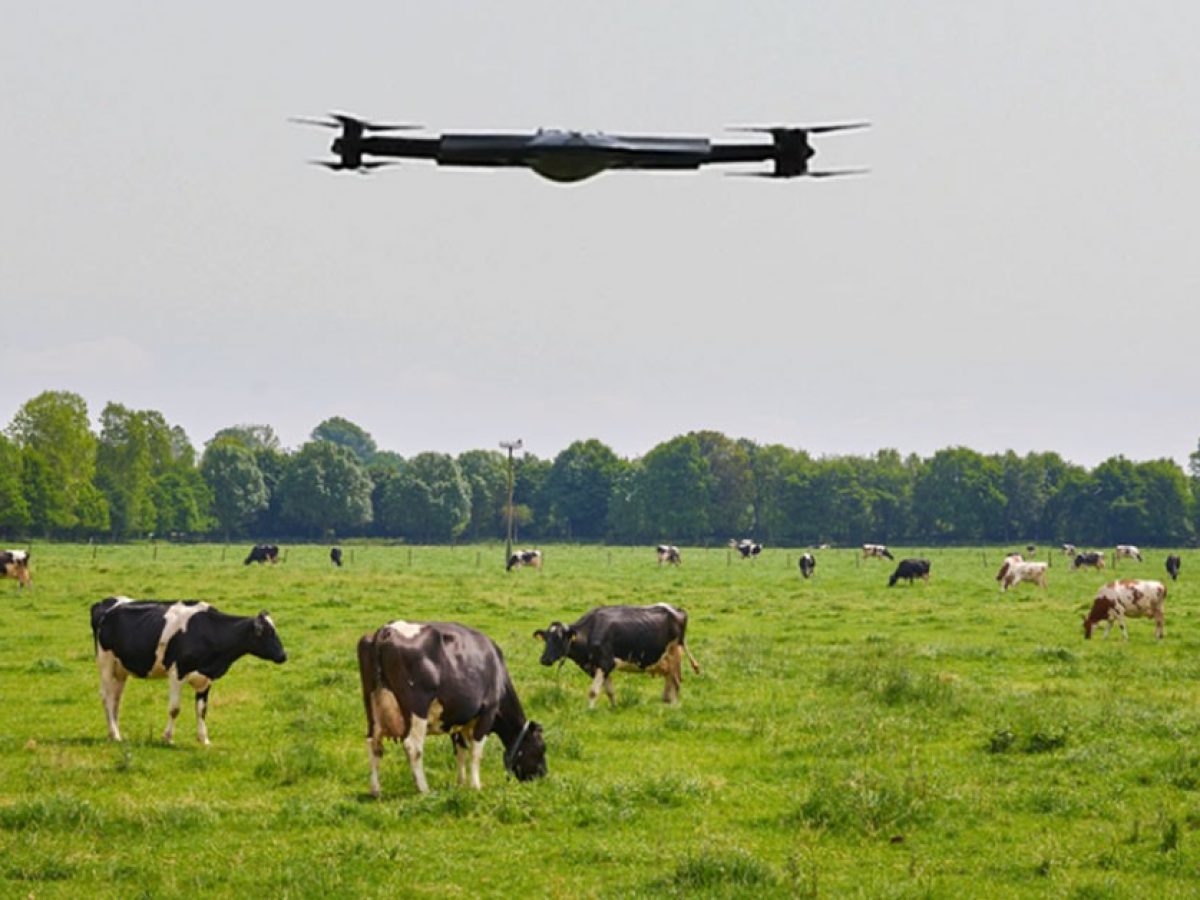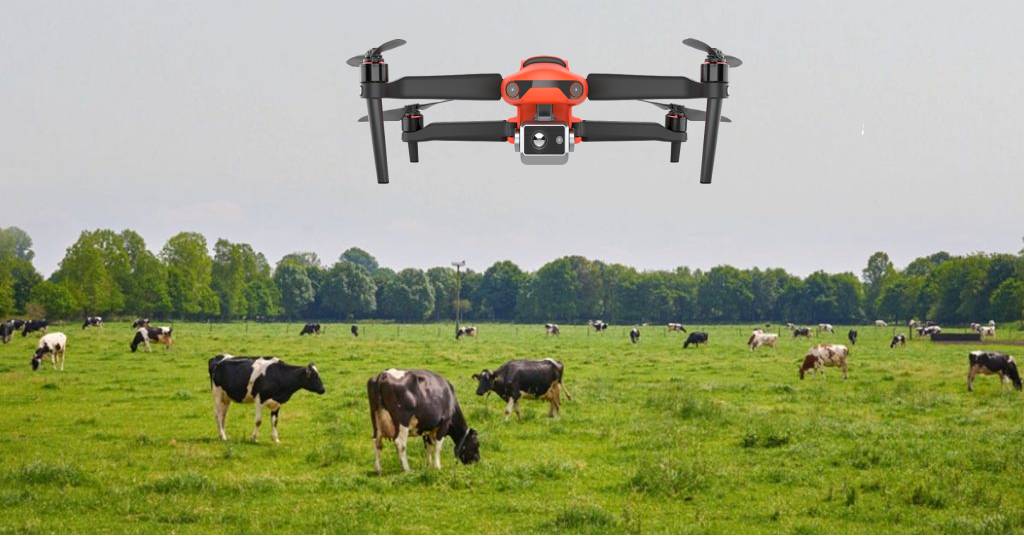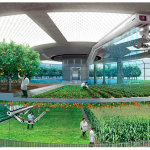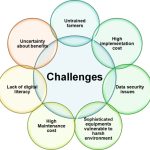Imagine a world where you can monitor your livestock from the comfort of your home, ensuring their safety and well-being without stepping foot outside. Sounds too good to be true?
Well, it’s not. With the use of drones in livestock monitoring, this is becoming a reality. You have the power to revolutionize the way you oversee your farm operations, saving time and increasing efficiency. Picture the peace of mind knowing that your animals are healthy and secure, all thanks to cutting-edge technology.
Stay with us as we explore how drones are transforming livestock management, and discover how this innovation could be the game-changer you’ve been looking for.

Benefits Of Drone Technology
Drone technology is transforming the world of livestock monitoring, bringing numerous benefits that enhance efficiency, accuracy, and animal welfare. By using drones, farmers can gain a bird’s-eye view of their herds, offering a unique perspective that was previously difficult to achieve. Here, we delve into the specific advantages this technology brings to the table.
Efficiency In Monitoring Large Areas
One of the standout benefits of drones is their ability to cover vast areas quickly. Imagine checking on hundreds of animals across sprawling pastures. Drones can do this in minutes, saving you hours of manual labor.
With their high-speed and wide coverage, drones eliminate the need for constant physical patrols. This means you can allocate your time to other crucial farm activities, enhancing overall productivity.
Real-time Data Collection
Drones equipped with cameras and sensors provide real-time data, giving you immediate insights into the condition of your livestock. This instant access to information allows for quick decision-making, which is critical in emergency situations.
Receiving live updates ensures you’re always in the loop about your herd’s health and location. This proactive approach can significantly reduce the risk of disease outbreaks and other health issues.
Cost-effective Solution
While investing in drones might seem costly upfront, they are a long-term money-saver. Reducing the need for human labor and minimizing the risk of livestock loss directly impacts your bottom line.
Drones also cut down on fuel and vehicle maintenance costs associated with traditional monitoring methods. Over time, these savings can be substantial, making drones a financially wise choice.
Enhanced Animal Welfare
Using drones to monitor livestock can improve animal welfare by reducing stress. Unlike vehicles or humans on foot, drones can observe animals without disturbing them.
This non-intrusive approach allows you to monitor natural behaviors and identify any issues without causing alarm. Better animal welfare often leads to healthier livestock, positively impacting productivity and profitability.
Environmental Impact
Embracing drones can contribute to a more sustainable farming practice. By reducing the need for vehicles, you lower your farm’s carbon footprint.
Are you ready to make a greener choice while benefiting from cutting-edge technology? Consider how drones can fit into your sustainability goals, offering a modern solution to an age-old challenge.
Drone technology in livestock monitoring is not just a trend; it’s a practical tool that can transform your farming operations. Have you thought about how drones could fit into your monitoring strategy?

Drone Capabilities In Livestock Management
Drones are transforming how farmers monitor livestock. They offer a bird’s-eye view of large areas. This helps in managing animals more effectively. With drones, farmers can track livestock movement and health. The technology reduces human effort significantly. It also increases efficiency and accuracy. Farmers now have a powerful tool at their disposal.
Improved Surveillance And Tracking
Drones provide excellent surveillance capabilities. They capture high-resolution images and videos. This helps in tracking livestock across vast fields. Drones can monitor animal behavior from above. This minimizes disturbance to the herd. Farmers can spot any unusual activity quickly. This aids in timely interventions.
Health Monitoring And Assessment
Drones come equipped with thermal cameras. These can detect temperature changes in animals. Identifying sick animals becomes easy. Early detection prevents the spread of disease. Drones can assess the overall health of the herd. This helps in maintaining optimal conditions.
Efficient Herd Management
Managing large herds is challenging. Drones simplify this task. They help in counting and identifying livestock. Farmers can ensure all animals are accounted for. Drones can also guide herds to new grazing areas. This saves time and effort for farmers.
Real-time Data Collection
Drones collect data in real-time. This data is crucial for decision-making. Farmers can access live feeds and updates. This information aids in planning and resource allocation. Real-time data helps in responding to emergencies swiftly.
Cost-effective Solutions
Using drones is cost-effective. Traditional methods require more manpower. Drones reduce these costs considerably. They offer a practical solution for farmers with large herds. Investing in drones leads to long-term savings.
Challenges And Limitations
Drones face challenges such as battery life and weather conditions in livestock monitoring. Signal interference can limit their effectiveness. Privacy concerns arise with aerial surveillance.
Drones have significantly transformed livestock monitoring, offering a bird’s-eye view that was unimaginable a decade ago. However, this cutting-edge technology comes with its own set of challenges and limitations. Understanding these can help you make informed decisions if you’re considering using drones for livestock management.Cost And Accessibility
The initial investment in drone technology can be hefty. High-quality drones suitable for livestock monitoring aren’t cheap, and this can be a barrier, especially for small-scale farmers. Consider the additional costs for maintenance, software, and training, which can also add up.Technical Skill Requirement
Operating a drone isn’t always intuitive. You might need to undergo training to effectively use the device and interpret the data it collects. This can be time-consuming and may require hiring skilled personnel if you’re not comfortable with technology.Battery Life And Range
Limited battery life is a common issue with drones. If you have a large area to cover, a drone may not be able to complete the task in one go. This can necessitate frequent recharges or carrying multiple batteries, complicating the monitoring process.Weather Dependence
Drones are highly weather-dependent. Wind, rain, and fog can interfere with drone operations, reducing their reliability. Imagine planning a critical monitoring session only to be thwarted by a sudden storm—frustrating, right?Privacy And Legal Concerns
Operating a drone involves navigating various regulations. You need to ensure compliance with local laws regarding airspace and privacy. Failure to do so could result in legal complications, something no livestock manager wants to deal with.Data Management
Collecting data is one thing; managing and analyzing it is another. Without proper data management systems, the information gathered can be overwhelming. How will you ensure that data doesn’t just sit unused, but instead informs your livestock management strategies? The use of drones in livestock monitoring is undeniably promising, yet these challenges can’t be ignored. Reflecting on these issues can help you decide if you’re ready to embrace this technology in your operations. Have you considered how these limitations might affect your specific situation?Future Prospects And Innovations
The use of drones in livestock monitoring presents exciting future prospects. These flying gadgets can transform the industry. Innovations are paving the way for new opportunities. Drones offer farmers detailed insights into their herds. The future looks promising for their integration into daily operations.
Advanced Imaging Technologies
New imaging technologies enhance drone capabilities. Infrared cameras help detect health issues early. Farmers can spot problems before they escalate. This proactive approach benefits animal welfare. It also improves productivity.
Autonomous Flight Capabilities
Autonomous drones operate with minimal human intervention. This feature saves time and labor. Drones can follow pre-set routes. They monitor livestock efficiently. Farmers gain more time for other tasks.
Integration With Iot Systems
IoT systems connect drones with other farm equipment. This integration creates a seamless monitoring network. Real-time data collection becomes possible. Farmers receive instant updates on livestock conditions. This connectivity enhances decision-making.
Ai And Machine Learning Applications
AI and machine learning improve data analysis. Drones learn from collected data. They identify patterns in livestock behavior. Predictive analytics can forecast health issues. Farmers make informed choices based on insights.
Environmental Monitoring
Drones also monitor environmental factors. They track weather changes affecting livestock. Information on pasture quality becomes accessible. This ensures optimal grazing conditions. Livestock health and productivity benefit greatly.

Conclusion
Drones offer a fresh perspective on livestock monitoring. They provide valuable data quickly. Farmers can identify sick animals faster. This saves time and reduces losses. Drones help in tracking animal movement. They ensure better pasture management. The technology is becoming more accessible.
It’s changing how farms operate. Embracing drones can improve farm efficiency. They offer a modern solution for traditional challenges. Drones are a tool for better livestock care. Their use can lead to healthier animals. Ultimately, drones can support sustainable farming practices.
They represent a step forward in agriculture.



